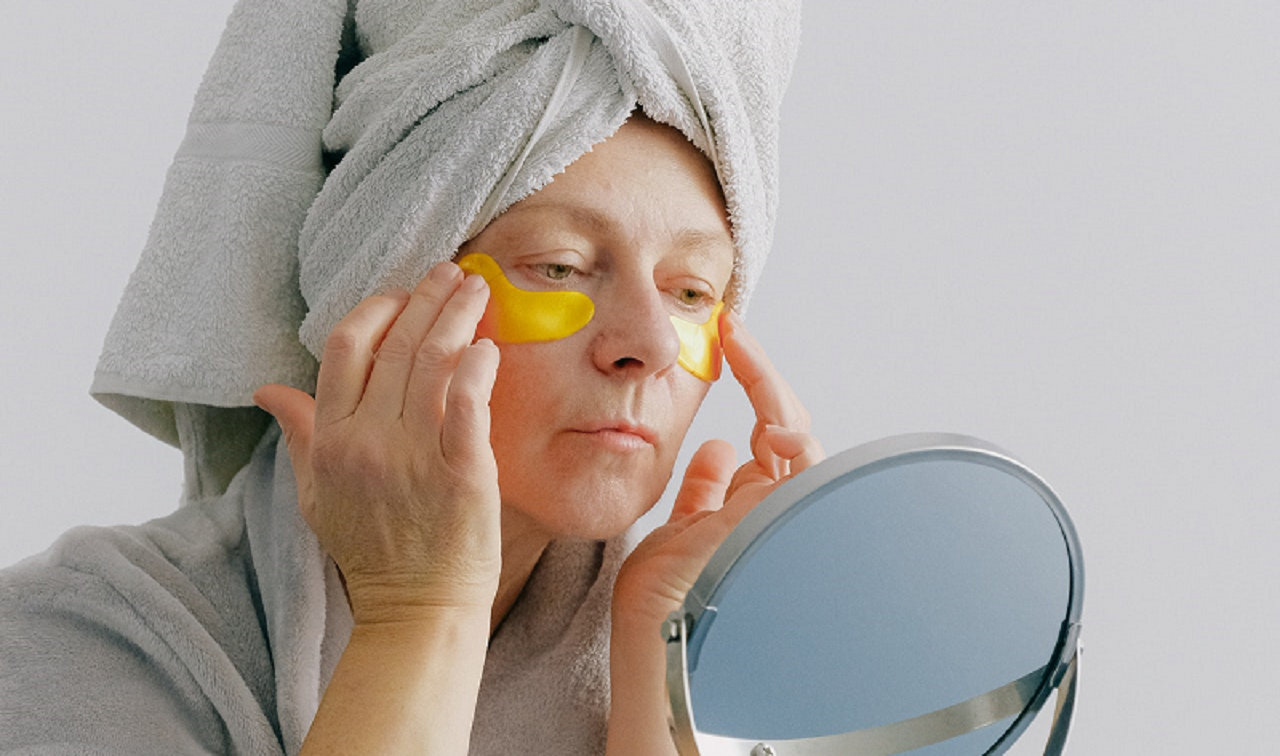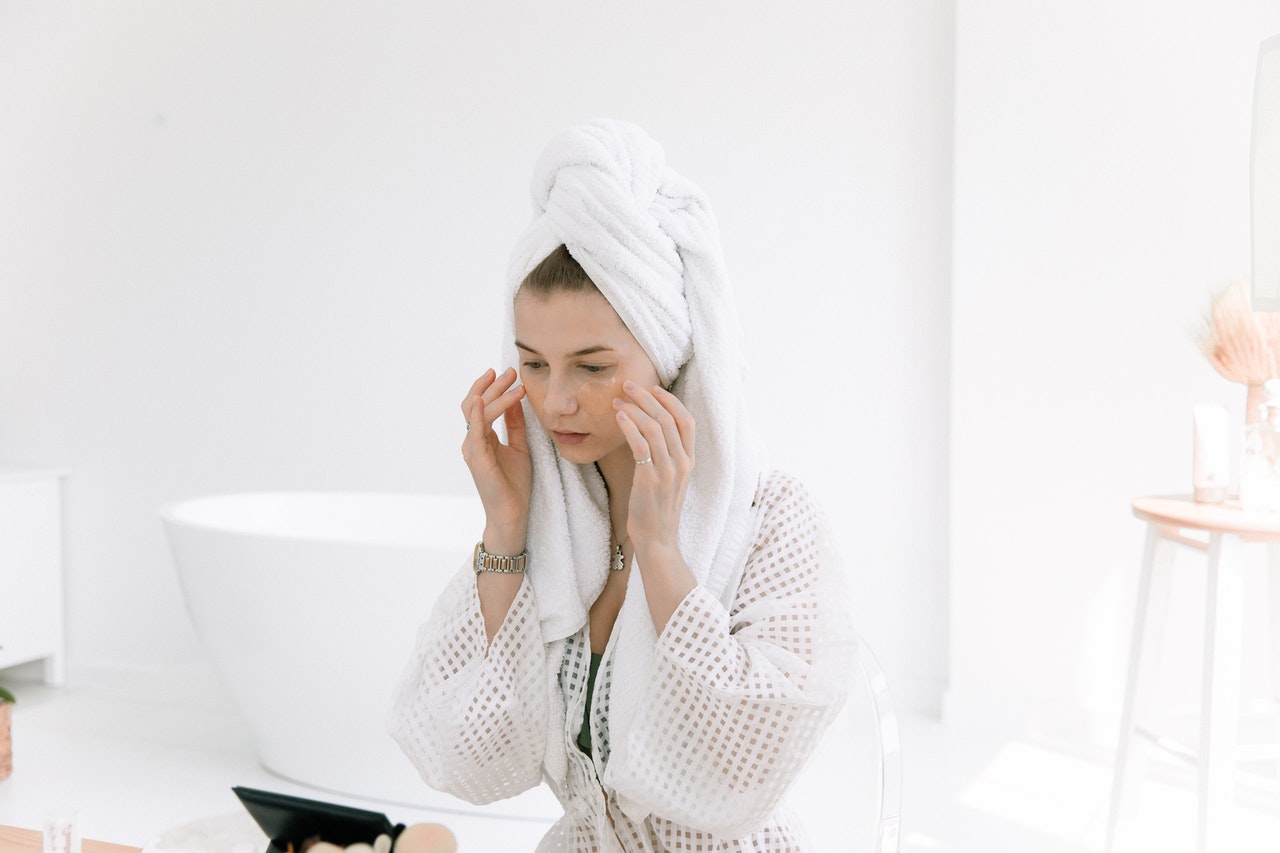As we age, our skin undergoes various changes, becoming more susceptible to the damaging effects of the sun. While basking in sunlight can be good for the mood, it’s important for older adults to prioritize sun protection to safeguard their skin from potentially harmful UV rays.
In the following, we discuss the importance of sun protection for aging skin and provide recommendations as to best practices for protection from the sun.
Understanding Aging Skin and Sun Sensitivity
Aging skin undergoes natural changes that make it more vulnerable to sun damage. The reduction in collagen and elastin, coupled with a thinner epidermal layer, increases the risk of sunburn and skin damage in older adults.
Additionally, some medications commonly prescribed to older individuals can heighten photosensitivity, making it imperative for seniors to follow their sun protection efforts.
Importance of Sun Protection in Preventing Skin Cancer
One of the primary reasons older adults should prioritize sun protection is the increased risk of skin cancer.
Prolonged sun exposure over a lifetime contributes to the development of skin cancers, including basal cell carcinoma, squamous cell carcinoma, and melanoma.
Regular and consistent sun protection is the best method to prevent these potentially life-threatening conditions.
Sun-Related Skin Aging: Wrinkles and Age Spots
Beyond the risk of skin cancer, sun exposure accelerates the aging process of the skin. Older adults are more prone to developing wrinkles, fine lines, and age spots due to years of ultraviolet (UV) ray exposure.
Sun protection becomes a valuable tool in slowing down these visible signs of aging, and promoting healthier and more resilient skin.
Best Practices for Sun Protection
Sunscreen: The Foundation of Protection
Applying sunscreen with a broad-spectrum SPF of at least 30 is a fundamental step in sun protection.
Older adults should choose a sunscreen that offers protection from both UVA and UVB rays and apply it generously to all exposed skin, including the face, neck, ears, and hands.
Reapplication every two hours, or more frequently if swimming or sweating, is essential for optimal effectiveness and protection.
Protective Clothing: Shielding Against Harmful Rays
Wearing protective clothing, such as long sleeves, wide-brimmed hats, and sunglasses, provides an additional layer of defense against UV rays.
Lightweight and breathable fabrics with tight weave offer optimal protection without compromising comfort. Older adults should aim to cover as much skin as possible, especially during peak sun hours.
Seeking Shade: A Simple Yet Effective Strategy
Avoiding direct sunlight during peak hours, typically between 10 a.m. and 4 p.m., reduces exposure to intense UV rays.
Seek shade under trees, umbrellas, or other structures to minimize the risk of sunburn and skin damage.
Stay Hydrated: Internal Protection Against Dehydration
Staying well-hydrated is an often overlooked aspect of sun protection. Proper hydration ensures the skin remains supple and less prone to sun-induced dryness.
You should make sure you drink an adequate amount of water, especially when spending time outdoors.
Regular Skin Checks: Early Detection of Abnormalities
Regular self-examinations of the skin, including moles and other lesions, are key for early detection of any abnormalities. Seniors should be vigilant in monitoring changes in the size, shape, or color of existing moles and promptly consult a dermatologist if any concerns arise.
Tailoring Sun Protection to Individual Needs
Individuals with certain medical conditions or those taking specific medications may need to take additional precautions.
Consulting with a healthcare professional or dermatologist can provide personalized advice on sun protection strategies that align with an individual’s health status and medical history.
Fostering Sun-Safe Habits: A Lifelong Commitment
Promoting sun-safe habits should be a lifelong commitment, starting in childhood and extending into the senior years.
Education on the importance of sun protection and instilling habits like sunscreen application and seeking shade early in life can contribute to healthier and more protected skin in later years.
Sun protection is of utmost importance for seniors to maintain healthy and resilient skin. The combination of sunscreen, protective clothing, seeking shade, staying hydrated, and regular skin checks forms a comprehensive strategy to minimize the risks associated with sun exposure.
By adopting these best practices, seniors can enjoy the outdoors safely, protect their skin from sun-related damage, and contribute to their overall well-being as they live out their later years.




